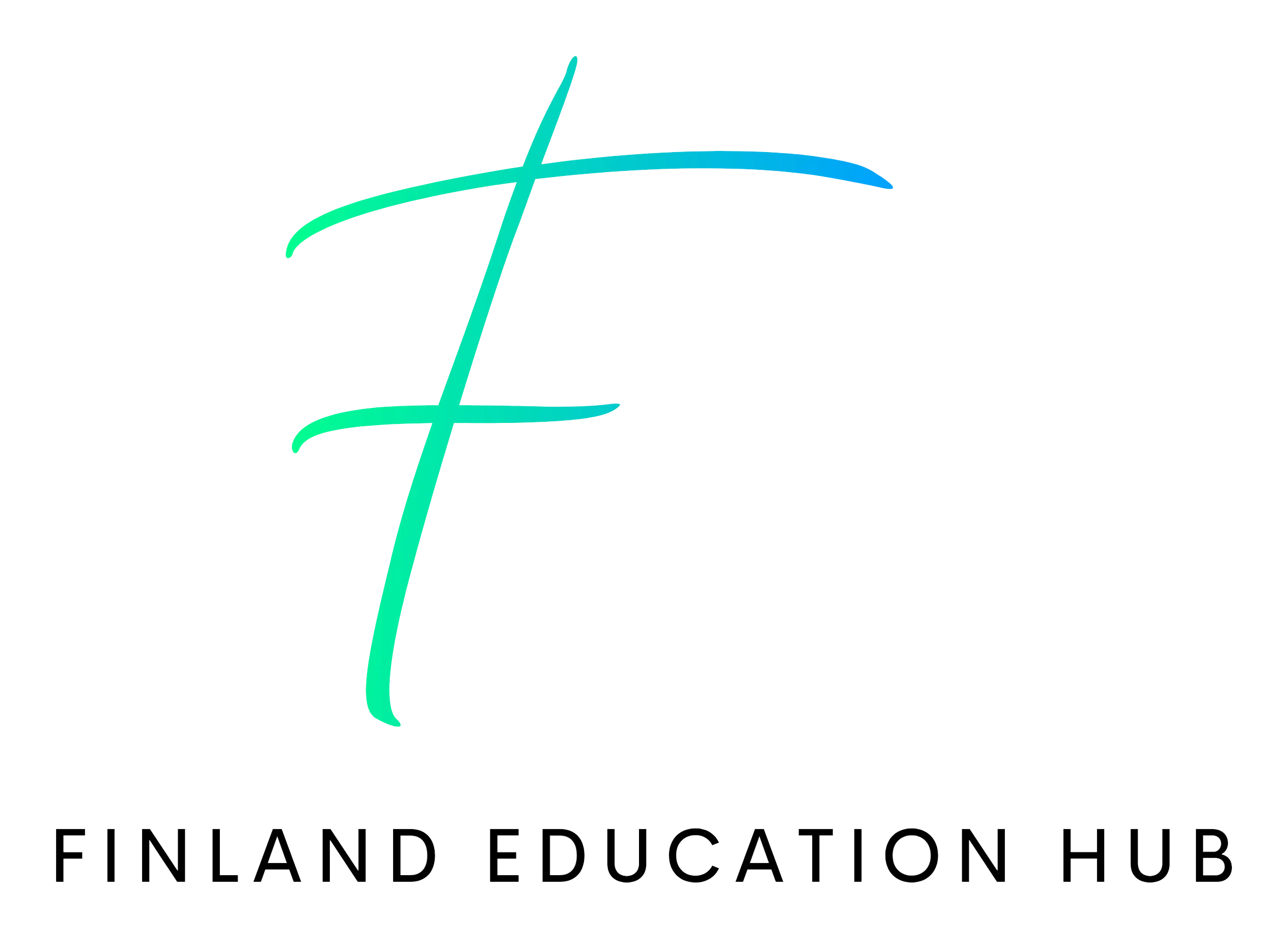From Textbooks to Tinkering: The Rise of Project-Based Learning in K-12 Curriculum
For decades, the traditional classroom image has been one of rows of students diligently copying notes from textbooks. While textbooks still hold value, a new wave of educational philosophy is transforming K-12 Curriculum. Project-based learning (PBL) is rapidly gaining traction, moving students from passive receivers of information to active participants in the learning process. This shift is driven by a growing recognition that rote memorization falls short in preparing students for the complexities of the 21st century.
Why Textbooks Aren’t Enough?
The limitations of a textbook-centric approach are becoming increasingly apparent. Traditional methods often struggle to:
- Spark Curiosity and Engagement: Textbooks can feel dry and impersonal, failing to ignite a passion for learning in students.
- Develop Critical Thinking Skills: Memorizing facts is only a small part of the equation. PBL encourages students to analyze information, solve problems, and think creatively.
- Foster Collaboration: The traditional classroom often isolates students, hindering the development of teamwork skills essential for success in any field.
- Bridge the Gap Between Theory and Practice: Textbooks often present knowledge in a vacuum. PBL allows students to apply their learnings to real-world scenarios, making knowledge more meaningful.
The Power of Project-Based Learning
PBL flips the script on traditional education. Instead of passively consuming information, students delve into projects that require them to:
- Identify a Driving Question: Projects begin with a central question that sparks curiosity and motivates exploration. This question guides the entire project, fostering a sense of purpose.
- Research and Investigate: Students actively seek out information, drawing on a variety of resources beyond textbooks. This could involve conducting experiments, interviewing experts, or utilizing online tools.
- Problem-Solve and Make Decisions: As projects progress, unforeseen challenges arise. PBL empowers students to think critically, troubleshoot, and adapt their approach.
- Collaborate and Communicate: Teamwork is central to PBL. Students learn to share ideas, delegate tasks, and effectively communicate their findings.
- Create and Present: The culmination of a project often involves presenting their findings to a class, school, or even the wider community. This hones presentation and communication skills.
The Benefits of Project-Based Learning for Students
The PBL approach offers a multitude of benefits for students, including:
- Deeper Understanding: By actively engaging with a topic, students develop a more profound understanding than rote memorization can provide.
- Enhanced Critical Thinking Skills: PBL challenges students to analyze information, evaluate different perspectives, and develop well-reasoned arguments.
- Improved Problem-Solving Abilities: Projects require students to think outside the box, experiment with solutions, and adapt to changing circumstances.
- Stronger Collaboration Skills: Working effectively in teams is a critical life skill. PBL fosters communication, negotiation, and conflict resolution within teams.
- Increased Motivation and Engagement: Students are more invested in learning when they are actively involved in projects that pique their interest.
Project-Based Learning in Action: Examples Across the K-12 Curriculum.
Project-Based Learning can be implemented effectively across various subjects within the K-12 curriculum. Here are a few examples:
- Science: Students might design and build a model bridge to explore concepts of physics and engineering.
- Social Studies: A class could research a historical event and create a living history museum exhibit to showcase their findings.
- Math: Students could create a budget for a fictional family trip, applying mathematical concepts to real-world scenarios.
- Language Arts: Writing a play allows students to explore character development, plot structure, and public speaking skills.
Challenges and Considerations
While PBL offers numerous advantages, it’s not without its challenges. Teachers transitioning from traditional methods may require additional training and support. Developing effective projects for diverse learning styles and abilities requires careful planning. Additionally, assessment within PBL requires a shift from focusing solely on content knowledge to evaluating the entire learning process, including critical thinking, collaboration, and communication skills.
The Future of Project-Based Learning
Despite the challenges, the rise of PBL is undeniable. As the world becomes increasingly complex and interconnected, the ability to think critically, solve problems, and collaborate effectively is paramount. PBL equips students with these essential 21st-century skills, preparing them not just for exams but for thriving in a dynamic and ever-evolving world. With continued development and support, PBL has the potential to transform the K-12 curriculum, fostering a generation of engaged and empowered learners who are ready to tackle the challenges of tomorrow.
Let’s Wrap It Up
The shift towards PBL is a testament to the evolving needs of education. By moving from passive consumption to active participation, PBL empowers students to become not just repositories of facts, but critical thinkers, creative problem-solvers, and effective communicators. As PBL continues to gain momentum and overcome existing challenges, it has the potential to reshape the K-12 curriculum into a dynamic and engaging platform that equips students with the skills they need to not only succeed in their academic pursuits but also to become lifelong learners and future leaders in a rapidly changing world.

